The controller support seems good, but this style of platform shooter is pretty rough in general with the swivel aim. I think you could skip this one if you are a controller user (I love them too).
Got any wise tips on how to enjoy the game, without giving anything away? I am at home in these sandboxes, but wouldn't want to miss out on something fun.
It isn't sleeping, I'm just being dramatic. But, simple insects often just have resting periods, kind of like a cat. They're still alert, generally.
Thank you. I feel better now.
So there's a neat trick for Odonata to differentiate between Damsels and Dragons. Look at the wings — do they "fan out" or are they "in line" with the abdomen? If they "fan out", and all four wings are roughly the same shape and size, it's a Dragonfly. If the wings are "in line" with the abdomen and the forewings and hindwings have slightly or even dramatically different shapes, it's a Damselfly.
Using this logic, we're looking at a Damselfly here. This can be confirmed by looking at the insect's body, it's very slim, whereas Dragonflies tend to have stouter body segments.
As for a species, at a glance, it looks an awful lot like an Ebony Jewelwing to me, but I'm not going to identify it with those pictures, as pretty (and haunting) as they may be, there isn't enough detail to use a key. But the colors, shape, and wing patternation are decently convincing that this is a female Calopteryx maculata.
Thanks for sharing!
There's a grain of truth in here, but not quite. One in every four or so (not quite, but we can roll with it regardless) identified species of animal is a beetle. Not one in every four animals, by population nor overall species.
The reasons for this is are many, but may include because beetles are big, easy to catch, agriculturally-significant, and are particularly easy to pin and study, dramatically boosting the count of beetle species we work with on an academic level (lending to higher identification rates). There are also just a shitload of beetle species, naturally.
Scientists estimate something closer to ~10 million species of animals, which would still make beetles a huge percentage of the species, but a far cry from 25%. If you looked at the total number (estimated) of individual animals, beetles are pretty insignificant.
Source: Studied entomology and love me some Coleoptera
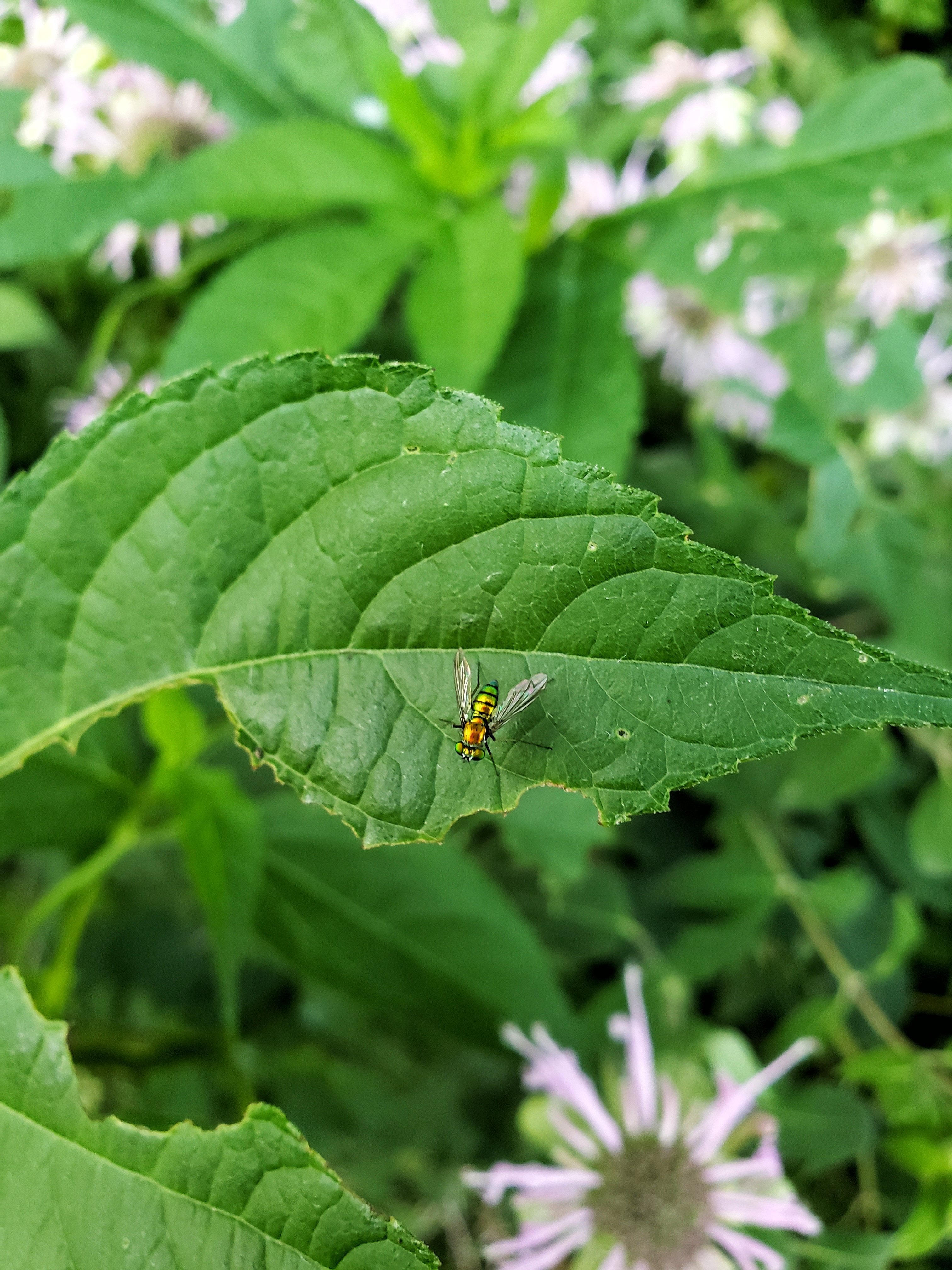

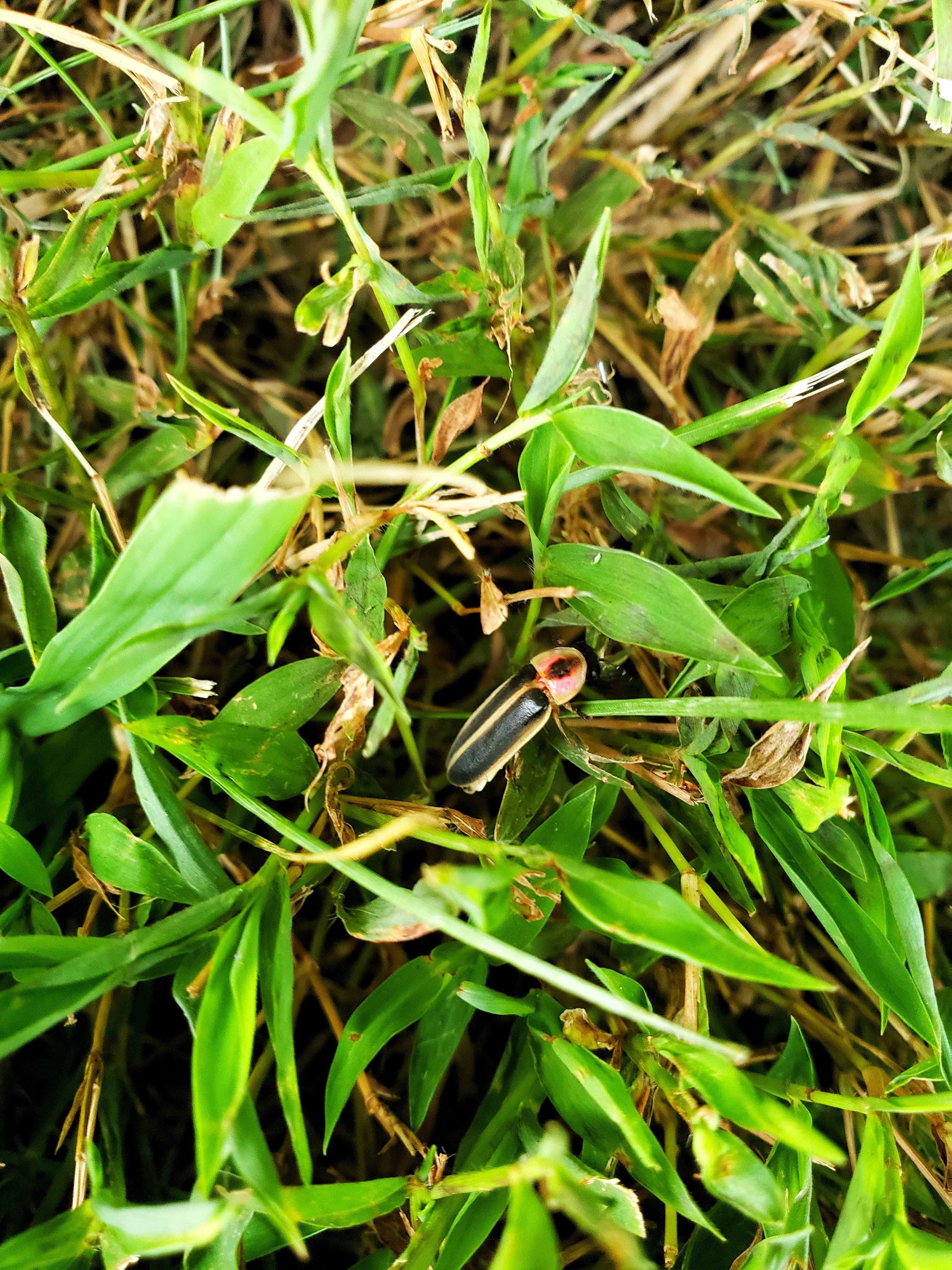
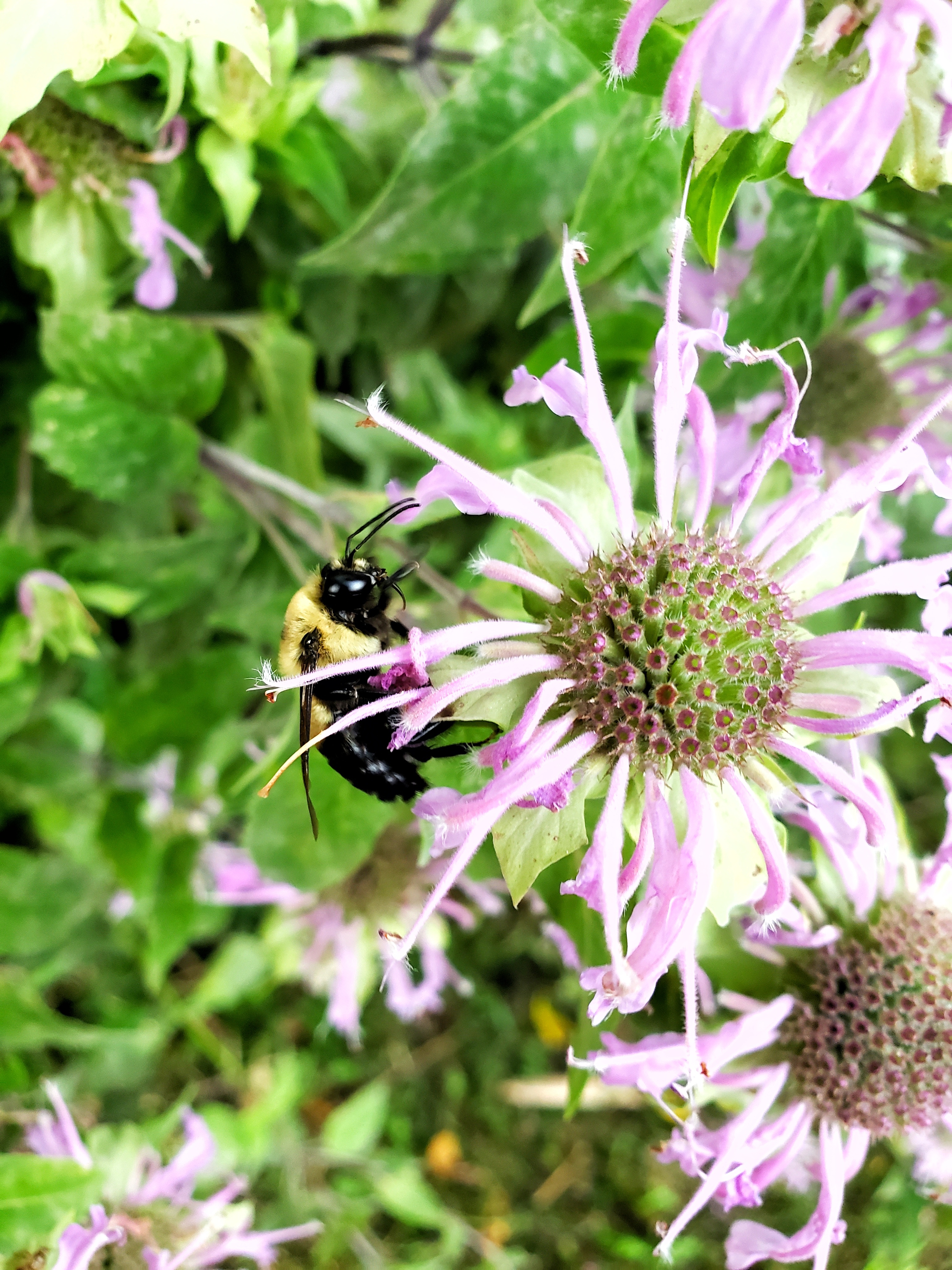

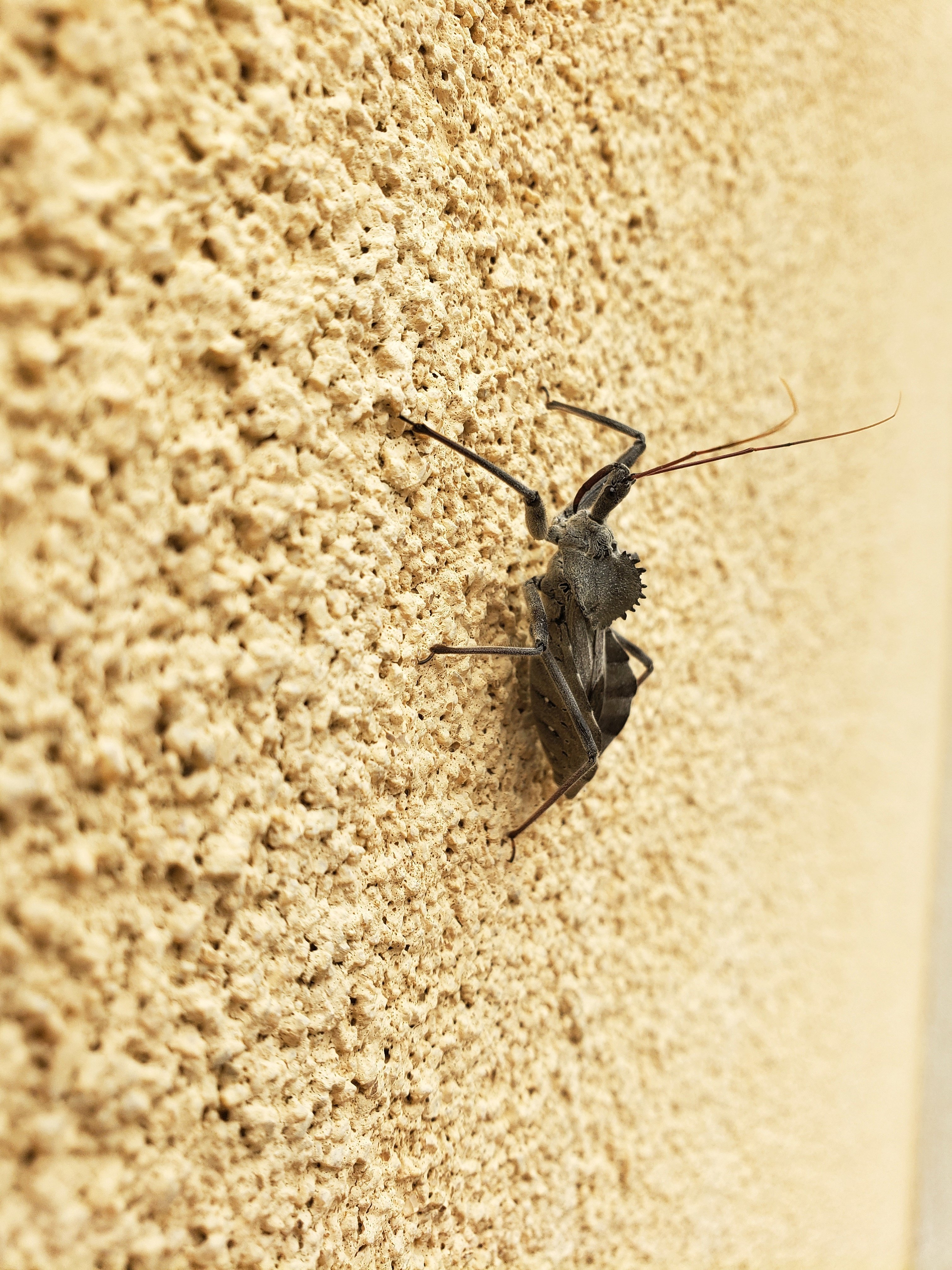
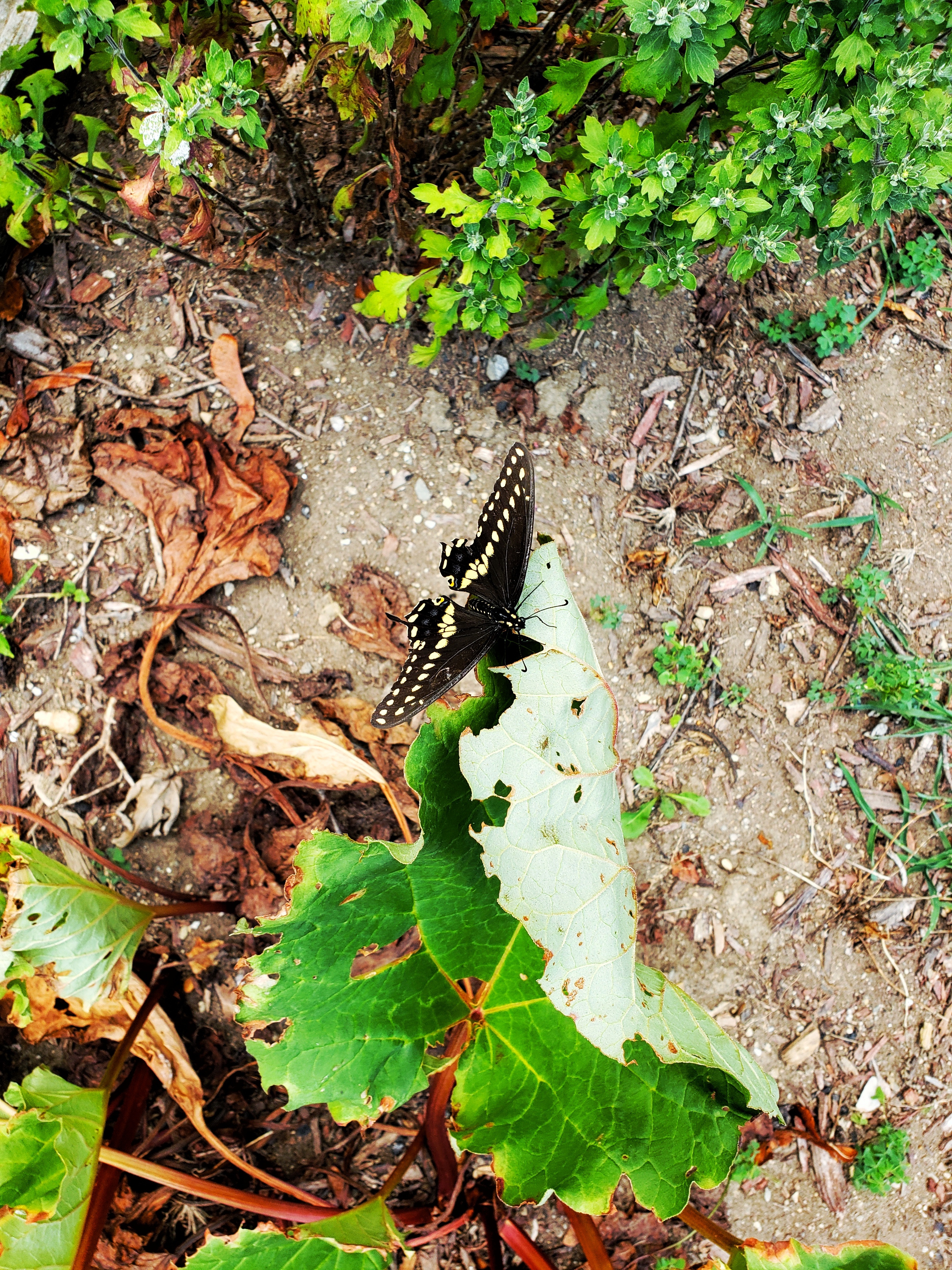
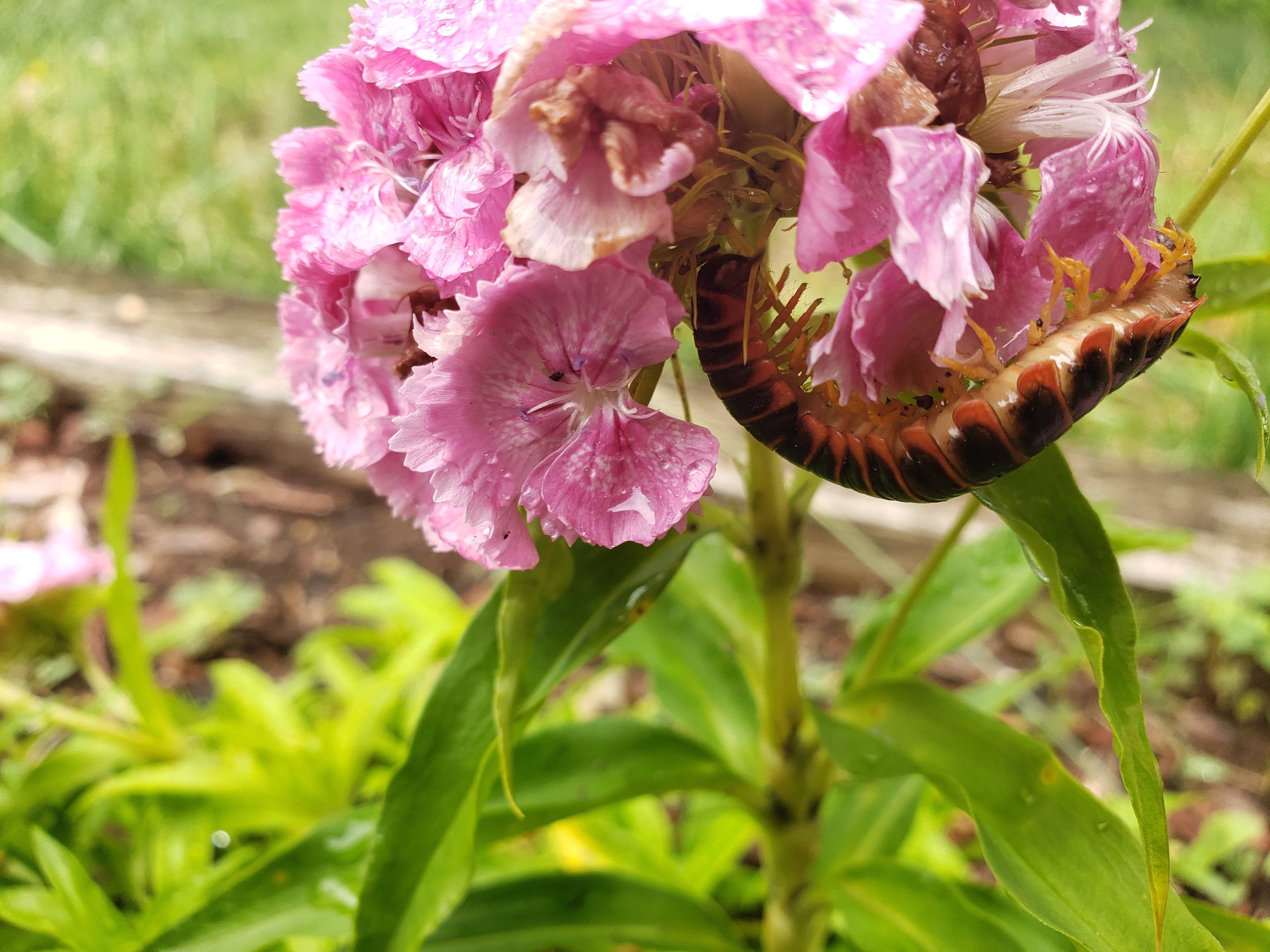



Wow, such a thoughtful and useful comment. I had to be carful to avoid spoilers and you were super sensitive to that while still giving great advice. Bravo and thank you.